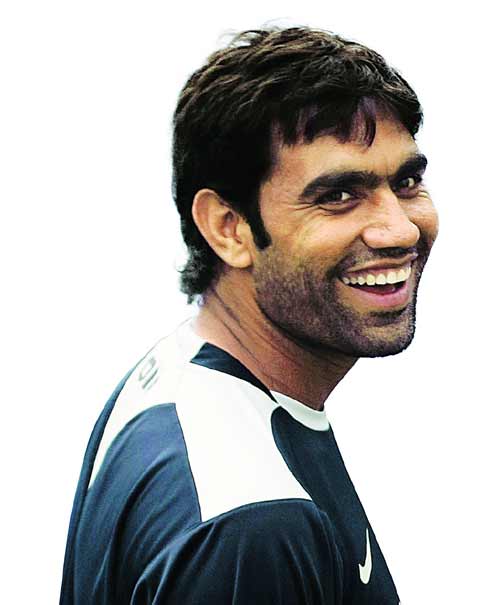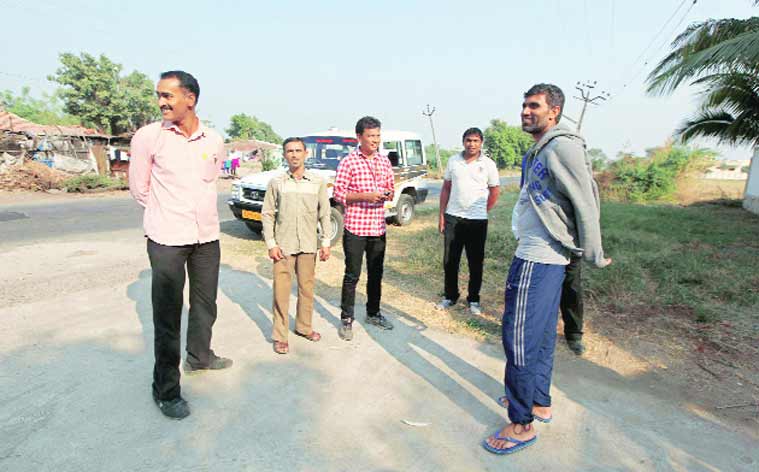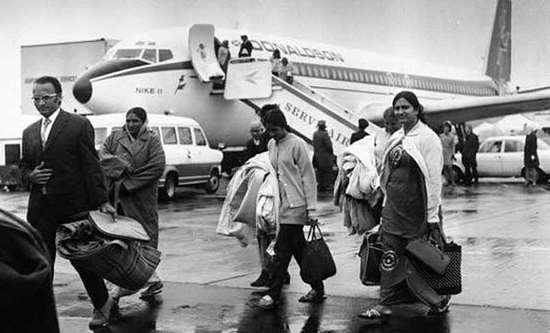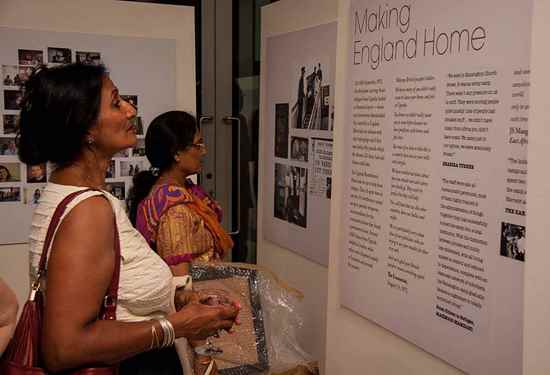Should Rahul Gandhi have been critical of the way things are in today’s India when he spoke in the UK? Does this amount to asking white people to colonise India as some BJP supporters have suggested? Or is he merely following in the footsteps of Narendra Modi who has also not always been complimentary on foreign soil about the situation in India, especially in the years after he first became Prime Minister? Is the BJP making the mistake of believing that attacking Narendra Modi’s governance is the same as attacking India, as Congress supporters claim?
There are no ‘yes’ and ‘no’ answers to these questions as we have seen over the last few days as the controversy has raged. My guess is that people who support the government will criticise Rahul while Congress supporters will argue that if he is asked questions about how things are in India, then he should tell the truth and not lie to make Modi look good.
Either way, how you approach this debate is largely determined by what you already believe.
So I am not going to waste your time by recalling the arguments of the last few days all over again. Instead, I am going to ask a different question: is the BJP doing Rahul a favour by making him the centre of a new controversy every week?
Consider the reality of the situation. Ever since he became the Congress’s chief campaigner, Rahul has faced setback after setback. He lost the 2014 election to the BJP and to Modi’s charisma. He tried again in 2019 but was defeated again even in his own constituency of Amethi. During his period as the Congress’s most visible leader, the party has lost state after state. Its top leaders, many of whom were Rahul’s friends, have either left the party or, at the very least, tried to leave. The consensus is that Rahul will not be able to beat Modi at the next election either.
Given this background, does he deserve so much attention? As the BJP itself has told us, he is not fit to be a leader; in fact, it has said much worse things about him, not all of which can be repeated here. So, if he is such a useless person, then why is the BJP so obsessed with him? Why does it use up so much energy in attacking him?
BJP, a party of obsessions
You could argue that despite the Congress’s dismal electoral performance over the years, one reason why Rahul has such a high profile and still acts as though he is the pre-eminent opposition leader is that the BJP takes him so seriously. No other opposition leader is subject to the kind of scrutiny the BJP subjects Rahul to.
In the early days of the BJP’s Rahul obsession, I used to think that the single-minded focus on the Congress leader was strategic. Perhaps, the BJP wanted to shine a spotlight on him to show Narendra Modi in a better light. But that time has long passed. Nobody regards Rahul as the man who will topple Modi in the next election. So why does anything he says rattle the BJP so much?
My conclusion is that the BJP, despite its shrewd grasp of strategy, is becoming more and more a party of obsessions. Take the BJP’s obsession with Nehru. Once upon a time it may have made sense to rubbish Nehru to discredit his descendants. But that ploy has run its course. Even those who support Rahul today do not do so because his great grandfather, who died nearly 60 years ago, was a great guy.
The BJP’s obsession with Nehru now extends to criticising the freedom struggle. It is entirely valid to say that we have made too much of Nehru and ignored other freedom fighters. But is it necessary to insult MK Gandhi and to praise his murderer Nathuram Godse as Sangh Parivar members have done?
Certainly, it does not help the BJP electorally. The attacks are launched not for sound strategic reasons but because a section of the Parivar has its own bizarre obsessions.
Beyond a point, it only makes sense to go on about the freedom struggle if the BJP believes that the Congress massively benefits from its history as the party of Nehru and Gandhi. But does it really? Does anybody believe that this version of the Congress is the party that Gandhi once mentored? I doubt if the Congress gets any votes on that basis.
There is a logic to going on about the freedom struggle if the BJP believes that its leaders have been insufficiently recognised for their role in fighting the British. But this is not the case. The BJP was only founded in 1980. The Jana Sangh, its predecessor, was only established in 1951. Nobody can reasonably expect either party to have been part of the freedom movement because neither existed before India became independent.
This should be fine. Most parties in today’s India were not around before India became independent. They don’t try and rewrite the history of a struggle they were not around for or abuse those who were. Why then does the BJP care so much?
Why BJP does what it does
Yet such is the BJP’s obsession with creating alternative icons that it strains credulity by hijacking historical figures. Yes, Vallabhbhai Patel and Jawaharlal Nehru had differences. But then so did Atal Bihari Vajpayee and Lal Krishna Advani. That does not mean that Advani did not subscribe to the BJP’s ideology. So it is with Patel who even banned the RSS. And so it is with Bhagat Singh who was a left-leaning (communist even) atheist who had nothing in common with the ideology the BJP now espouses. And yes, Subhas Chandra Bose did fall out with Nehru and Gandhi but he was hardly a Hindutva supporter. He named a brigade in the Indian National Army (INA) after Nehru and after the war it was Nehru who defended INA veterans from persecution by the British.
Even the case of VD Savarkar is complicated. Yes, he was a patriot and freedom fighter who suffered for his views. But to hold up Savarkar as your own icon against Gandhi, you have to explain away too many things: his apologies to the British, his differences with the RSS, his support of beef-eating, etc.
So here’s my point: why does the BJP even bother? People who vote for the BJP support it because they admire Narendra Modi, respect his achievements and perhaps because they believe in a vision of a Hindu India. Nobody votes for the BJP because of anything that occurred in the freedom struggle. Or because the party now glorifies Bose or Bhagat Singh.
The only explanation possible is that on some issues – Jawaharlal Nehru and his descendants, the freedom struggle and Gandhi in particular – the BJP goes beyond strategy and gives in to an obsession. It is an uncharacteristic lapse for a party that is otherwise so pragmatic and worldly-wise.
But it works, I suspect, to Rahul Gandhi’s benefit because it keeps him forever in the news and at the centre of the public debate.




